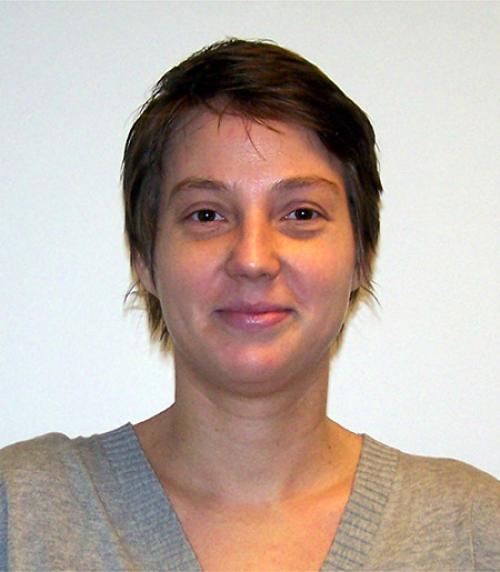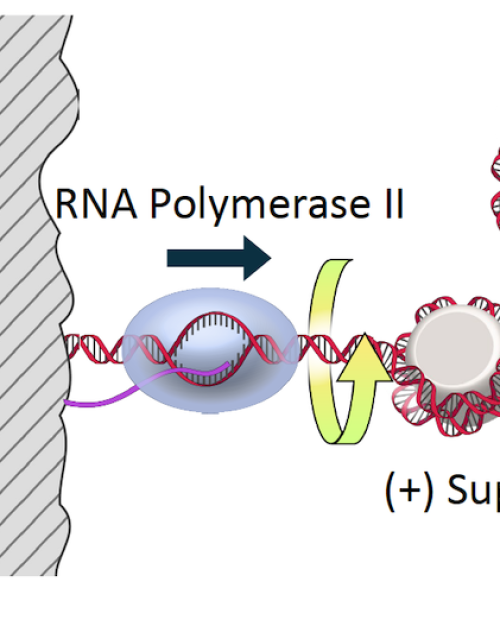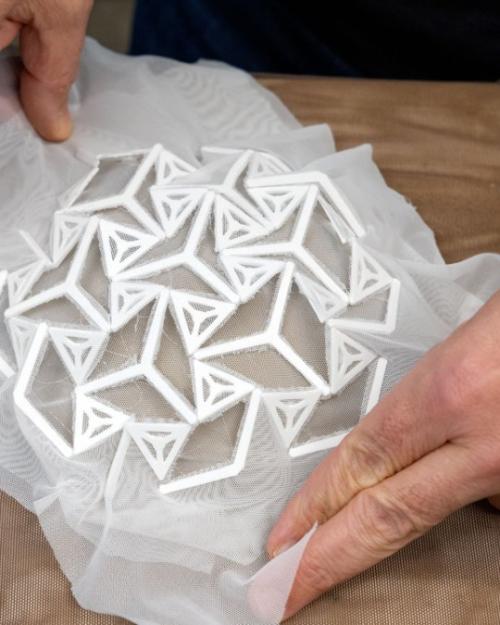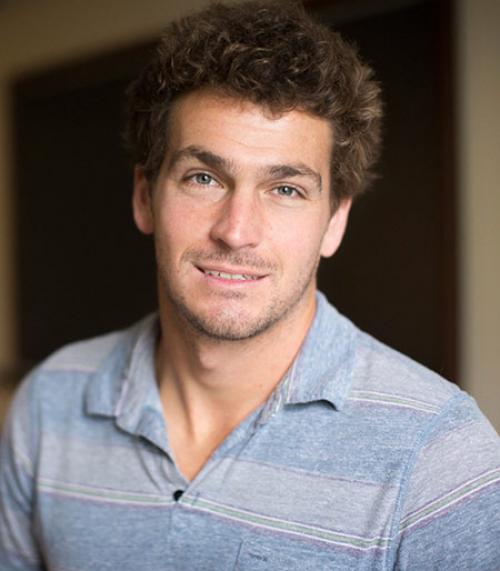Justin J. Wilson, a professor of chemistry & chemical biology, is expanding on existing chemotherapeutic treatments by investigating the biomedical application potentials of other heavy transition metals, particularly compounds of the element rhenium, in order to develop a more targeted approach to halting cancerous cell division.
“You often have a disconnect in the field of nuclear medicine,” he says. “For example, a nuclear physicist might identify a certain isotope that they think is a good candidate for medical research because it has this much half-life or this type of decay properties. But then when they consult a chemist, they might find a lot of chemists don’t know the appropriate chemistry necessary to attach this radioactive metal ion to a chelating agent or to a targeting vector. Our lab is trying to bridge that gap."
Read the full story on Cornell Research.




